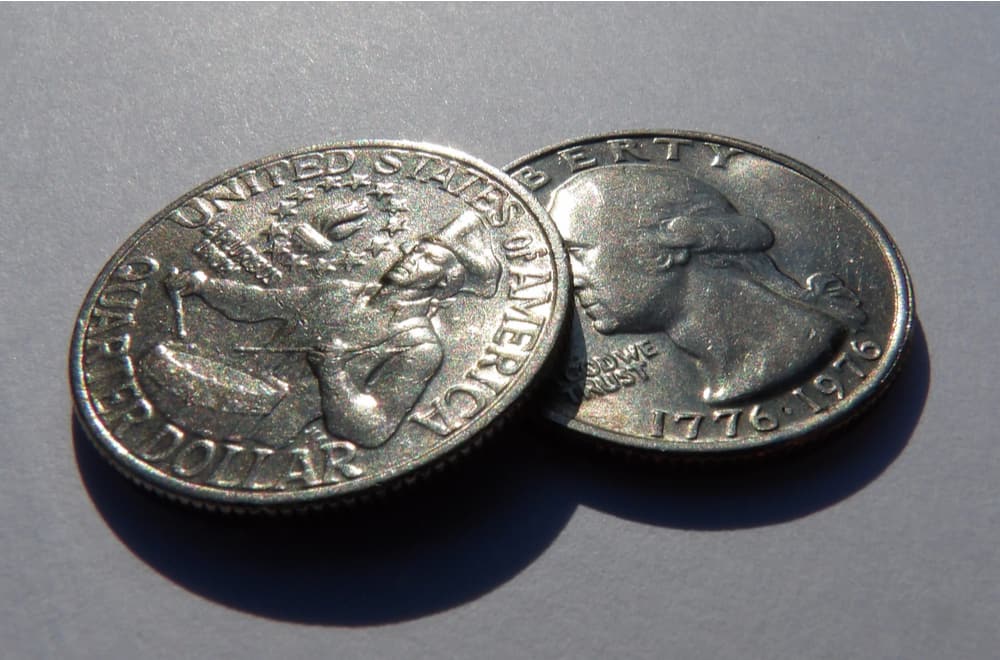The Mediterranean diet is not just a diet; it’s a lifestyle embraced by people living in the Mediterranean region for centuries.
Known for its numerous health benefits, including heart health, weight management, and reduced risk of chronic diseases.
The Mediterranean diet emphasizes whole foods, healthy fats, lean proteins, and a variety of fruits and vegetables.
Central to this diet are some classic dishes that not only epitomize the flavors of the region but also embody its principles of balanced, nutritious eating.
Here are four essential Mediterranean dishes that you have to try, each a testament to the diet’s simplicity, healthfulness, and deliciousness.
The Mediterranean region is renowned for its rich culinary heritage, characterized by vibrant flavors, fresh ingredients, and a healthy approach to cooking.
From the shores of Greece to the coasts of Spain, the Mediterranean diet is celebrated for its delicious dishes that not only tantalize the taste buds but also offer numerous health benefits.
If you are a food enthusiast or simply looking to explore new culinary experiences, here are four essential Mediterranean dishes you absolutely must try.
Greek Moussaka
Moussaka is a quintessential Greek dish that embodies the flavors of the Mediterranean with layers of hearty ingredients and aromatic spices.
This savory casserole typically features eggplant, minced meat (often lamb or beef), tomatoes, onions, and a creamy bechamel sauce.
The dish is assembled by layering thinly sliced eggplant with a flavorful meat sauce made from ground meat, onions, garlic, and tomatoes.
Each layer is seasoned with a blend of Mediterranean spices like oregano, cinnamon, and nutmeg, adding depth and complexity to the dish.
Once assembled, the moussaka is baked until the top is golden brown and bubbling with creamy béchamel sauce.
The result is a comforting and indulgent dish that satisfies both the palate and the soul.
Health Benefits
Moussaka is a nutritional powerhouse.
Tomatoes are rich in antioxidants, particularly lycopene, which has been linked to reduced risk of heart disease and cancer.
Cucumbers provide hydration and fiber, while red onions offer anti-inflammatory properties.
Olives and olive oil contribute heart-healthy monounsaturated fats, and feta cheese provides calcium and protein.
This combination of ingredients makes Moussaka not only a refreshing side dish but also a nutrient-dense option that supports overall health.
Spanish Paella

Originating from the Valencia region of Spain, paella is a vibrant and colorful dish that showcases the bounty of the Mediterranean.
Traditionally cooked in a wide, shallow pan, paella features a variety of ingredients such as saffron-infused rice, seafood, chicken, rabbit, and an assortment of vegetables.
The key to a perfect paella lies in the preparation of the rice, which should be cooked to al dente perfection and infused with the flavors of the broth and spices.
Saffron, the most expensive spice in the world, gives paella its signature golden hue and imparts a distinct floral aroma to the dish.
Whether you opt for a seafood paella loaded with shrimp, mussels, and squid, or a meat lover’s version with chicken and chorizo.
Each bite is a celebration of Spanish cuisine and the vibrant flavors of the Mediterranean.
Ingredients and Variations
A traditional Paella Valenciana typically includes rabbit, chicken, and sometimes duck, along with green beans, butter beans, tomatoes, and the essential spice saffron, which gives the dish its characteristic golden hue.
Olive oil and sometimes rosemary are used to enhance the flavor.
There are many variations of paella, including seafood paella, which uses a variety of shellfish and fish, and mixed paella, which combines meat and seafood.
Seafood paella, popular in coastal areas, features ingredients like mussels, clams, shrimp, and squid.
The key to a perfect paella is the socarrat, the crispy layer of rice that forms at the bottom of the pan, adding a delightful texture and flavor to the dish.
Italian Caprese Salad

Caprese salad, or Insalata Caprese, is a quintessential Italian dish that exemplifies the beauty of simplicity in Mediterranean cuisine.
Named after the island of Capri, where it originated, this salad is a straightforward yet elegant combination of ripe tomatoes, fresh mozzarella cheese, and fragrant basil leaves, all drizzled with extra virgin olive oil and a touch of balsamic vinegar.
The colors of the Caprese salad—red, white, and green—mirror the Italian flag, making it not only a delight to the palate but also a feast for the eyes.
Simple yet elegant, the Caprese salad is a classic Italian dish that highlights the beauty of fresh, seasonal ingredients.
Named after the island of Capri, this salad features ripe tomatoes, creamy mozzarella cheese, fresh basil leaves, extra virgin olive oil, and a sprinkle of sea salt.
The key to a delicious Caprese salad lies in the quality of the ingredients.
Choose vine-ripened tomatoes that are bursting with flavor, creamy buffalo mozzarella cheese, and fragrant basil leaves picked straight from the garden.
Drizzle the salad with the finest extra virgin olive oil you can find, and finish with a sprinkle of flaky sea salt to enhance the flavors.
With its vibrant colors and refreshing flavors, the Caprese salad is the perfect starter or side dish for any Mediterranean-inspired meal.
Moroccan Tagine
Tagine is more than just a dish; it is a reflection of Morocco’s rich cultural heritage and a staple of its culinary tradition.
Named after the earthenware pot in which it is cooked, tagine is a slow-cooked stew typically made with meat, vegetables, and a variety of aromatic spices.
The unique conical shape of the tagine pot allows steam to circulate during cooking, resulting in tender, flavorful dishes.
The history of tagine dates back to the Berber people, the indigenous inhabitants of North Africa, and it has since evolved to incorporate influences from Arabic, Mediterranean, and Andalusian cuisines.
No exploration of Mediterranean cuisine would be complete without sampling the exotic flavors of Moroccan cuisine, and there’s no better way to experience it than with a traditional tagine.
Named after the earthenware pot in which it is cooked, tagine is a slow-cooked stew that features a tantalizing blend of spices, tender meat, and sweet dried fruits.
Common ingredients in a Moroccan tagine include lamb or chicken, onions, garlic, ginger, saffron, cinnamon, and a variety of dried fruits such as apricots, dates, and prunes.
The stew is simmered slowly over low heat, allowing the flavors to meld together and create a rich and aromatic dish that is bursting with flavor.
Serve the tagine with fluffy couscous or crusty bread to soak up the delicious sauce, and garnish with a sprinkling of fresh herbs and toasted almonds for added texture and flavor.
Other Stories You May Like
Conclusion
Exploring the culinary delights of the Mediterranean is an adventure for the senses, offering a tantalizing array of flavors, textures, and aromas that are sure to delight even the most discerning palate. From the savory layers of Greek moussaka to the vibrant colors of Spanish paella, each dish tells a story of tradition, culture, and the bountiful harvest of the Mediterranean region.
Whether you’re enjoying a leisurely meal with family and friends or embarking on a culinary journey through the Mediterranean, be sure to savor every bite and appreciate the rich tapestry of flavors that this diverse and vibrant cuisine has to offer. So why wait? Take your taste buds on a trip they won’t soon forget and indulge in these four essential Mediterranean dishes today.





